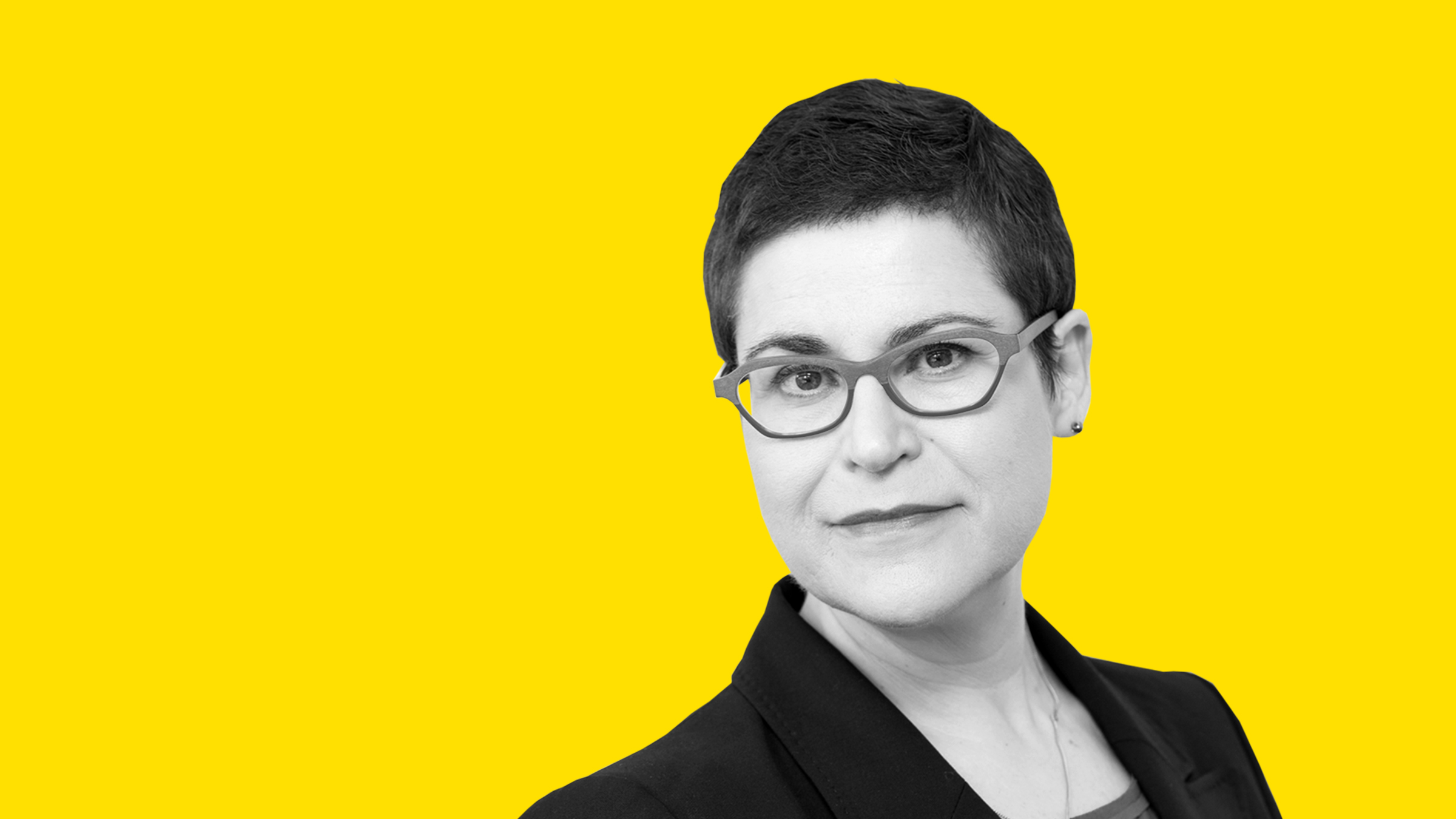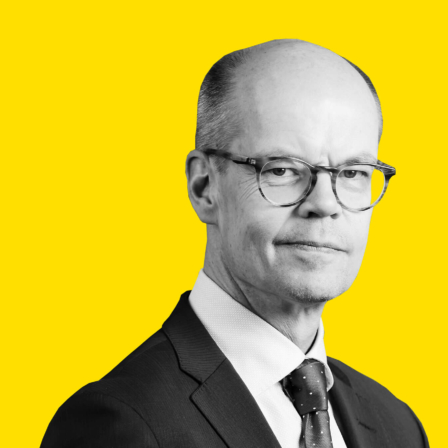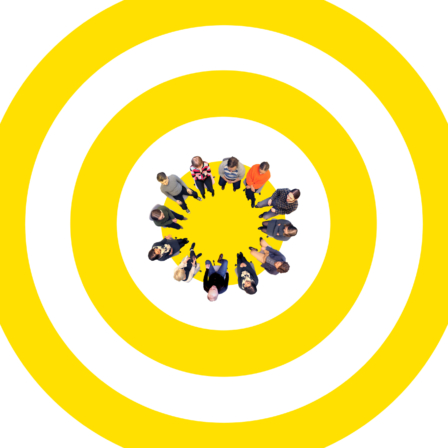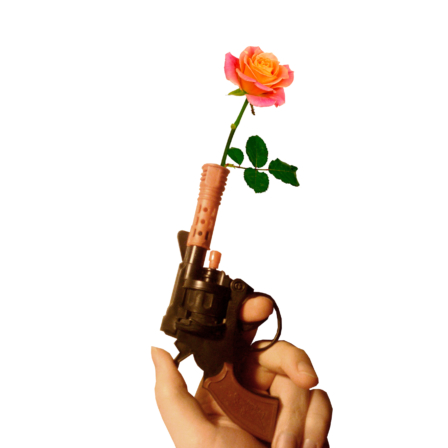Are you considering a more open dialogue in your own organisation, but feel a bit nervous? What if you make a mistake or become provoked, when the difficult one turns up?
Tuija Talvitie has a message for You. She is the Executive Director of conflict management organisation CMI, and her job is to facilitate dialogue between persons suspected of genocide or terrorism.
“It is intense and frightening. We talk to persons that may have killed 500 000 people. But at the end of the day, they are people, too. We work with everyone we have to.”
CMI is known as an organisation founded by Martti Ahtisaari for solving conflicts in areas of crisis around the world. It organises over 175 dialogue and workshop meetings yearly – in other words, unofficial processes of dialogue which complement negotiations between countries.
Surprisingly, there is a call for CMI’s expertise – in Finland.
A couple of years ago, Talvitie started receiving domestic phone calls. Conflict-solvers are asked to explain how to have a dialogue and how it could resolve infected conflicts in Finland,
“It was really surprising in the beginning. It tells you that not everyone in Finland feels that they are doing well. At it also tells you how strong a tool dialogue is.”
CMI currently argues that dialogue is a skill comparable to literacy, and it should be learned in basic education. Every child leaving basic education should know the fundamentals of resolving conflicts.
What could Finland learn from international conflict management? Talvitie has a bundle of advice for getting started. If you do not tend to socialise with people committing genocide, try these out at the annual meeting of your housing cooperative.
1. Listen to emotions
“People’s experiences of the conflict are very important. Loss, giving up, trauma and distrust are very human. We go wrong when we start from processes and structures.”
2. Include people who have survived a crisis
“In a conflict, people feel that they are the only ones experiencing such an upheaval. Sometimes we bring people to the dialogue who have been involved in a conflict, and have been transformed by it. People realise that they are not the only ones going through such an experience, but almost all people have similar episodes at some point of their lives.”
3. Celebrate the small steps
“It takes time to build trust, and it may feel as though nothing is being achieved. That is when you should celebrate even the small victories. This way, people believe that things are moving forward and the end result will be good.”
4. Make sure the decision-makers are in the know
“You should have somewhere to forward the results of the dialogue, so that the process is not just a discussion including a small group of people. You should make sure the information goes to the decision-makers.”
5. Resource a long process
“Dialogue is never short-term. You have to understand that one dialogue will not lead anywhere. It can be a beginning. In many cases, we have been building of trust for many years. It is paramount, if the case involves people who do not trust each other and who have perhaps never spoken to each other. Then something might come out of it.”
6. It is ok to make mistakes
“Very open humanity is the real deal. If you make a mistake, you can always apologise. If people give you a funny look, you can ask: ‘Did I say something funny?’ It is ok to openly back off and apologise.”
But what about the fears? Talvitie dismantles them by talking with her own team. Her advice for people eager to make a digital leap in Finland:
“Fears are totally normal. You have to assess whether your personal fears stop you from working hard for this country.”












Learning from dialogue
This is how it works.